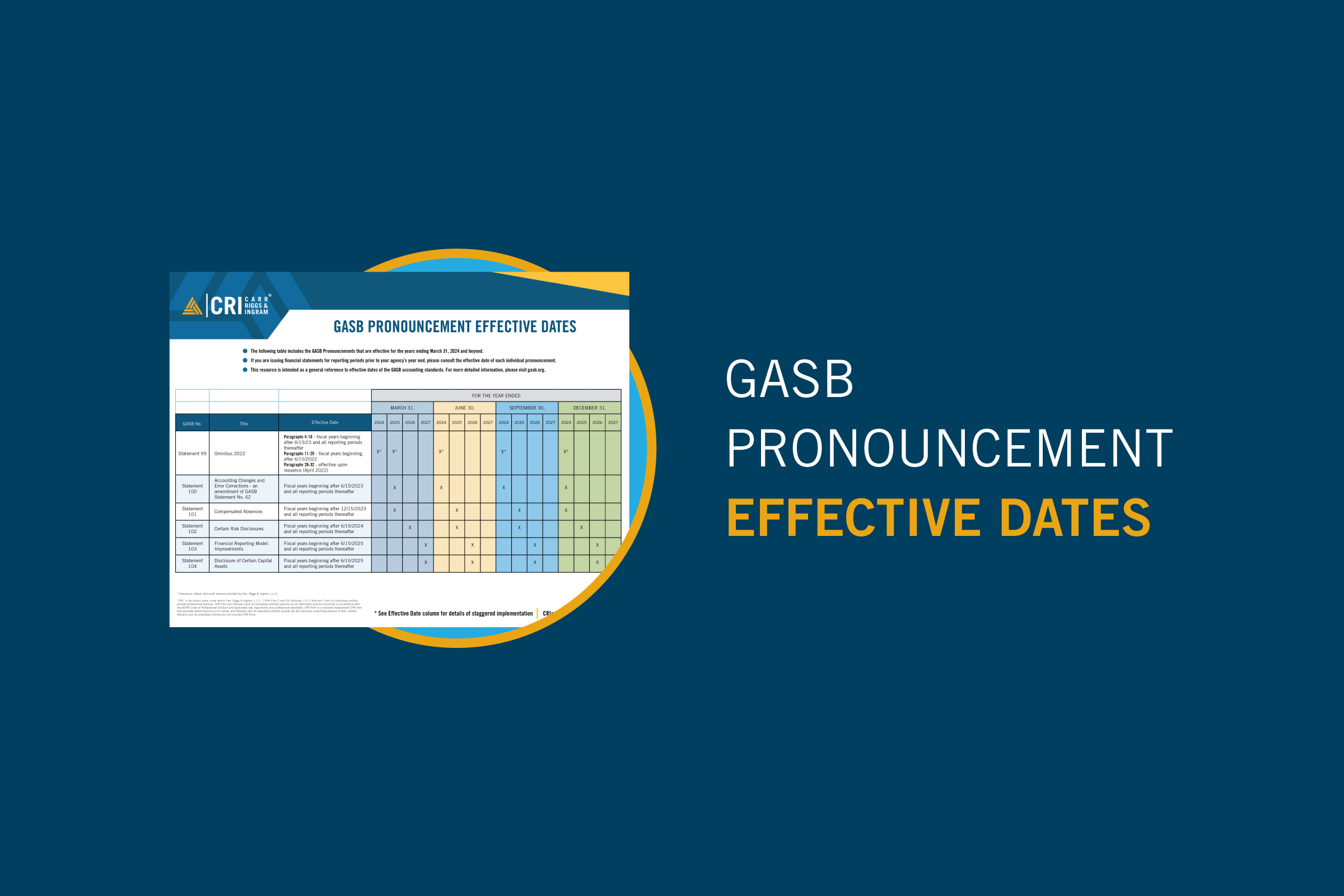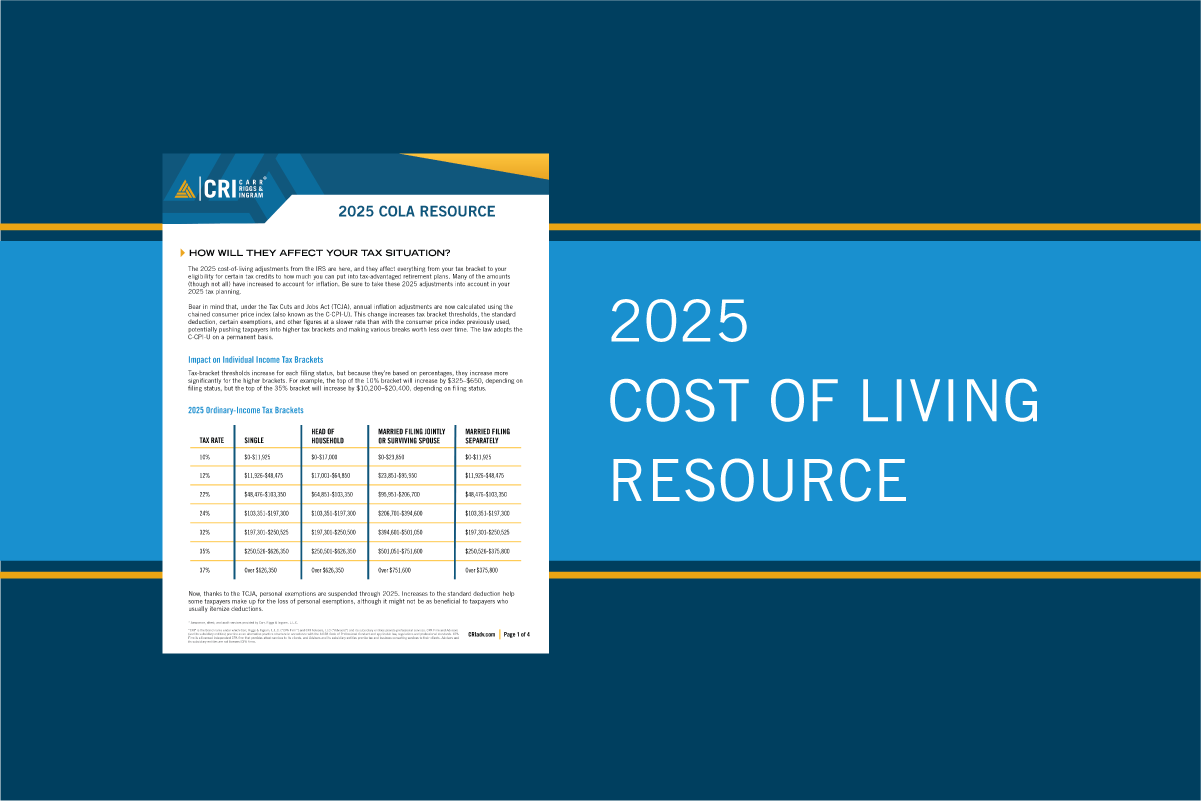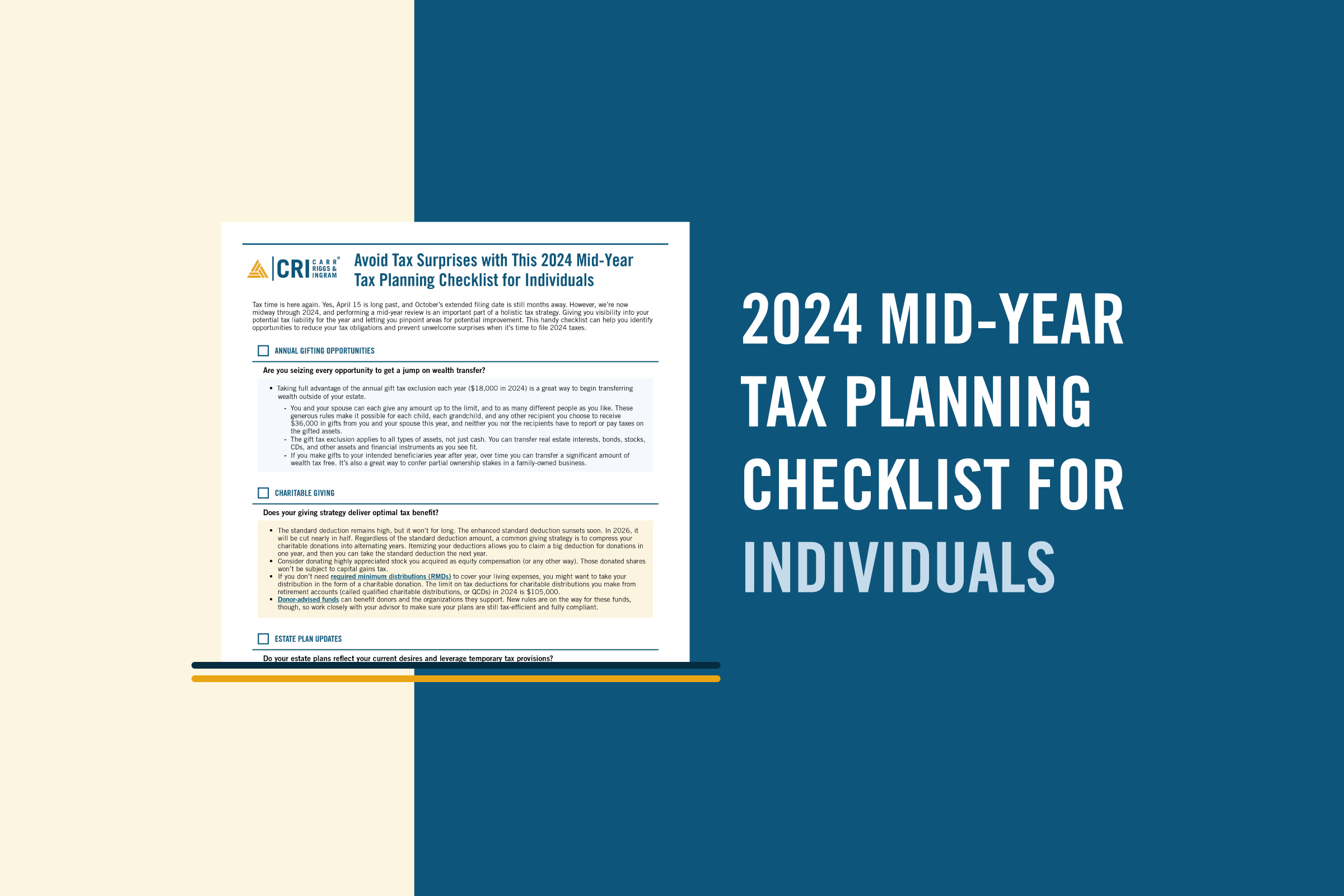Yes, Operational Planning Is Still Important
Jan 13, 2021
With the memory of the most disruptive year in modern history still fresh in our minds, it can be tempting to throw up your hands and say, “What’s the use of planning?”
But here’s the thing: When the dust settles, the companies best positioned for the COVID era will prove to be those that entered the pandemic with operational plans in place that let them pivot in step with our increasingly virtual lives.
Innovations such as touchless transactions, robotics, and online commerce don’t just happen. Thriving during uncertain times requires planning and execution at both the strategic and operational levels.
Hand-in-Glove: Strategic and Operational Planning
If you already have a strategic plan, do you still need operational plans? Yes!
Think of an operating plan as a manual for running your business. It describes how human, financial, and physical resources will be allocated to achieve short-term goals for a single department or function — staffing, sales and marketing, production, and so on.
Strategic planning and operational planning are equally important, and they complement each other. With strategic planning, you envision a better future — usually three to five years out. Operational planning lets you decide what you’ll do in the next fiscal year to make that vision a reality.
Whereas the strategic plan outlines the company’s long-term vision, mission, and strategic goals, the operating plan is where you get down to brass tacks. It answers critical questions such as:
- Who should be working on what?
- What will our deliverables be?
- When will we produce those deliverables?
- How will we allocate resources?
- How much will we allocate to this operational budget?
Keeping Score: Choose KPIs Wisely
Once you know who, what, when, how, and how much, it’s time to put a scoreboard in place to keep everyone’s eyes focused on key performance indicators (KPIs).
How do you choose your KPIs? Let your goals be your guide — and be selective. Using your short-term goals, set milestones so you know where you should be each week, month, and quarter, as well as at the end of the year.
You and other organizational leaders should be reviewing progress against the operational plan at each benchmark (and consulting with professional advisors as appropriate). But don’t forget that the team members responsible for achieving those results (the boots on the ground) should also be tracking their personal progress and performance, ideally on a weekly basis. Consider implementing dashboards customized to different roles in the organization. But low-tech means of communication (such as a good old-fashioned meeting) work, too. The point is to make sure everyone knows what your organization’s KPIs are, why you’ve chosen them, and how those KPIs affect their own performance assessment.
Also consider that — by and large — you want to focus on leading indicators, since those tell you where you’re heading rather than where you’ve been. Lagging indicators, such as sales volume, report your progress only after it’s too late to do much about the trajectory. By tracking a leading indicator, such as number of sales meetings, you could spot a nosedive while you can still pull up.
From Operating Plan to Budget
Do you have the resources you need to accomplish your goals? With an operating plan in place, you should have a good idea of how much capital (cash, people, equipment) you will need to meet each target. Use that plan to create a budget of operating expenses and anticipated revenue, leaving plenty of wiggle room for unanticipated expenses and the possibility of lower-than-expected sales or even extended employee absences. (A lesson we all should have learned from 2020.)
Most important, track forecast-to-actual performance on a weekly basis, and if you’re consistently missing those targets, use that operating plan to troubleshoot what went wrong and why.
Don’t Stop Planning
Business planning isn’t a one-and-done exercise. It’s a constant process that entails thinking at the strategic and operational levels and keeping a close eye on your environment for new opportunities and threats that require you to pivot in a new direction. If you want to discuss your organization’s plans for the future, our CRI advisors are ready to talk.




























































































































































































































































































































































































































































































